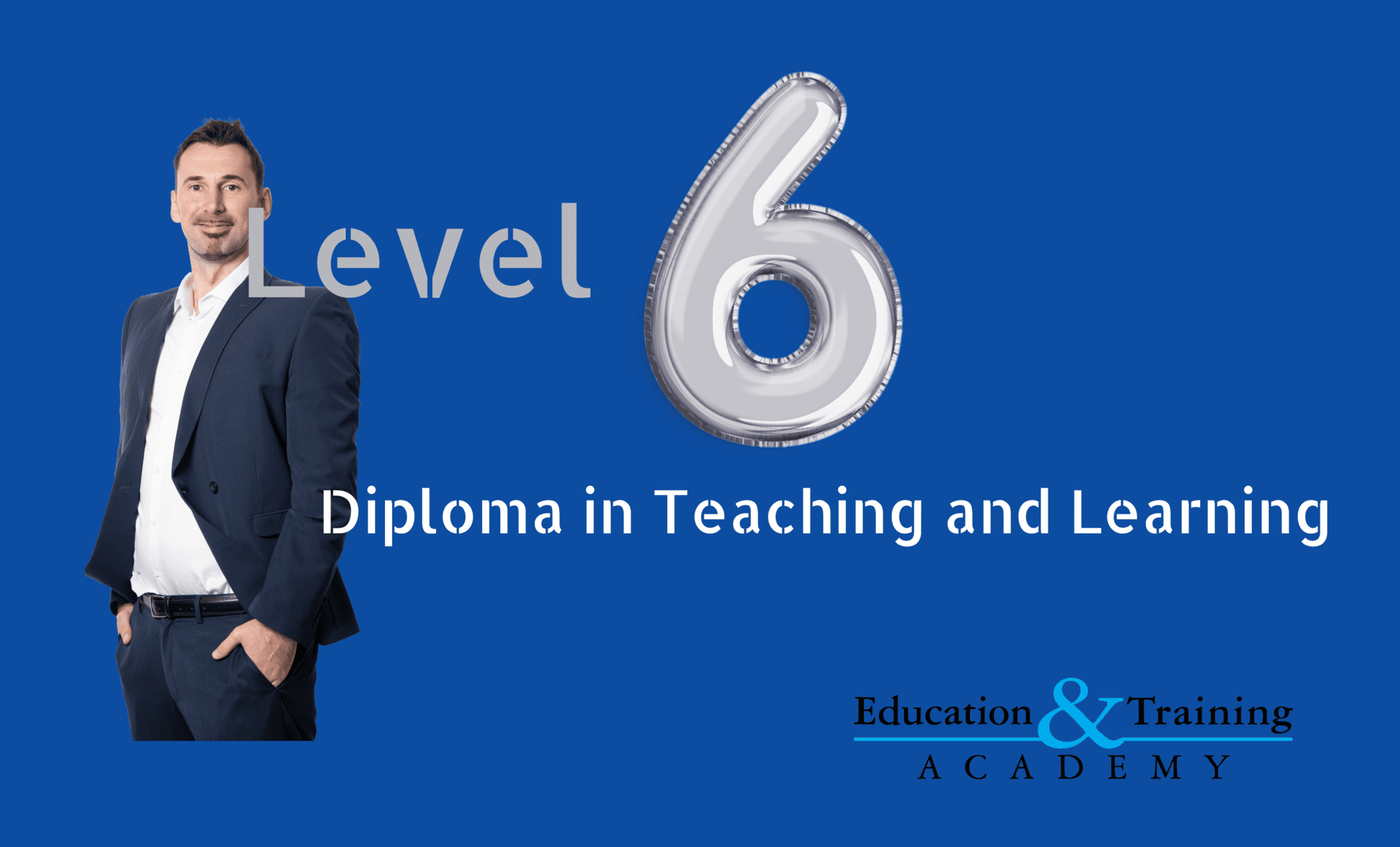
Unravelling the Tapestry of Learner Development in the "Level 6 Diploma in Teaching and Learning" & "Level 5 Diploma in Teaching (FE and Skills) (DiT)"
In the intricate journey of education, particularly within the esteemed "Level 6 Diploma in Teaching and Learning" and the "Level 5 Diploma in Teaching (FE and Skills) (DiT)", understanding the myriad of factors that influence learner development is paramount. This exploration is not just about academic achievement; it's about recognising and nurturing the whole student. Let's delve into the five pivotal dimensions that shape the educational experiences and outcomes for learners.
Biological Foundations: The Bedrock of Learning in the "Level 6 Diploma in Teaching and Learning" & "Level 5 Diploma in Teaching (FE and Skills) (DiT)"
The biological underpinnings of our students, encompassing genetics, neurodevelopment, and the crucial role of health and nutrition, fundamentally shape their learning trajectories. Within the "Level 6 Diploma in Teaching and Learning" and the "Level 5 Diploma in Teaching (FE and Skills) (DiT)", an understanding of these biological factors enables educators to tailor educational experiences that cater to the innate strengths and address the vulnerabilities of each learner, fostering a conducive learning environment.
Cognitive Processes: Steering the Learning Journey
Cognitive development, influenced by theoretical frameworks like those of Piaget, alongside individual learning styles and the capacity for memory and attention, significantly affects how learners engage with complex concepts. In the "Level 6 Diploma in Teaching and Learning" and the "Level 5 Diploma in Teaching (FE and Skills) (DiT)", recognising these cognitive dimensions allows for the design of instruction that aligns with the evolving intellectual abilities of learners, ensuring that each student can grasp and retain the knowledge imparted.
Socio-Emotional Landscape: The Heart of Engagement
The socio-emotional realm, including emotional well-being and the intricacies of social interaction, plays a critical role in shaping learners' engagement and receptivity to learning. Within the "Level 6 Diploma in Teaching and Learning" and the "Level 5 Diploma in Teaching (FE and Skills) (DiT)", fostering an environment that nurtures positive emotional states and healthy peer and educator relationships is key to motivating learners and enhancing their educational experience.
Environmental Influences: Shaping the Educational Experience
The environments in which learners develop, from the familial to the educational and broader community contexts, significantly impact their growth and learning outcomes. In the "Level 6 Diploma in Teaching and Learning" and the "Level 5 Diploma in Teaching (FE and Skills) (DiT)", acknowledging and addressing these environmental factors, including the pivotal role of technology, ensures that learners are supported holistically, facilitating optimal educational outcomes.
Cultural Perspectives: Enriching Learning
Cultural factors, encompassing beliefs, language, and identity, deeply influence learners' perspectives on education and their engagement with learning content. In the context of the "Level 6 Diploma in Teaching and Learning" and the "Level 5 Diploma in Teaching (FE and Skills) (DiT)", embracing cultural diversity enriches the learning environment, fostering a sense of belonging and respect for varied worldviews, thereby enhancing the learning journey for all students.
Conclusion: Weaving a Supportive Educational Tapestry
The development of learners within the "Level 6 Diploma in Teaching and Learning" and the "Level 5 Diploma in Teaching (FE and Skills) (DiT)" is a complex interplay of biological, cognitive, socio-emotional, environmental, and cultural factors. By understanding and integrating these diverse dimensions into teaching strategies, educators can create an inclusive, supportive, and enriching learning environment that recognises and nurtures the potential of every student. It is through this comprehensive approach that we can truly empower learners to achieve their fullest potential, preparing them for success both within and beyond the classroom.

